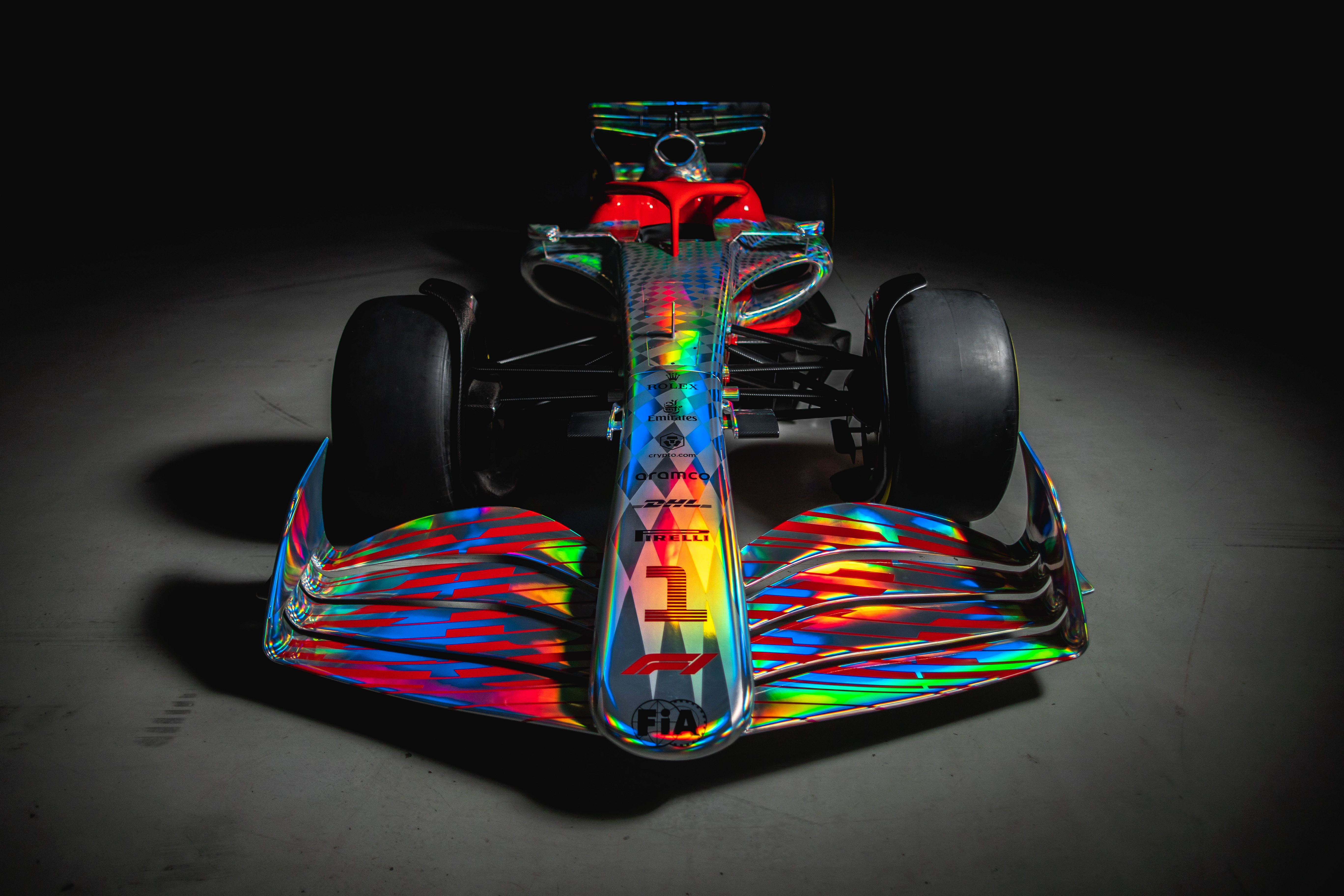It's the moment F1 fans have been waiting for - a first look at the cars that will compete in 2021 and the regulations governing Grands Prix, as we know them, for the reshuffle.
After more than two years of working with the most detailed analysis of the functioning of the sport on and off the tracks, the FIA and Formula 1 have confirmed the future direction of the sport, launching a comprehensive set of new regulations that will define the series starting in 2021.
Presented at the Circuit of the Americas in Austin at Chase Carey, CEO of Formula 1, and Jean Todt, President of the FIA, following ratification by the World Motor Sport Council, the regulations aim to promote closer racing and more balanced competition, as well as bringing economic and sporting sustainability to the Formula 1.

From 2021 Formula 1 will have
Vehicles capable of fighting better in circuit | | A more balanced competition on the track || A sport where success depends more on how a team spends its money than how much it spends, including a fully enforceable cost limit ($175 million per season) in the FIA rules for the first time
A sport that is more beneficial to participants and more attractive to potential new participants || A sport that continues to be the most important automotive competition in the world and the perfect showcase of the most modern technology
The regulation approved unanimously will establish a new governance structure and new prices. funds, which allow the sport to grow and improve, further strengthening the economic model. These agreements with the teams are at an advanced stage.
Continue below
Formula 1 is an incredible sport with “We deeply respect the DNA of Formula 1", which is a combination of great sporting competition, courageous and talented drivers, dedicated teams and cutting-edge technology. The aim has always been to improve the competition and action on the field, at the same time making sport a healthier and more attractive activity for everyone.

Approval The World Motor Sport The Municipality's rules represent a point of breakthrough and will help deliver even more exciting wheel racing for all our fans. The new rules are the result of a detailed two-year process which examined technical, sporting and financial issues to develop a set of rules.
We have made many changes to the process over time as we receive feedback from teams and other stakeholders and we firmly believe that we have achieved the goals we set out to achieve. These standards represent a milestone and are of great importance; However, this is an ongoing process and we will continue to improve them and take further measures to allow our sport to grow and reach its full potential.
One of the most important initiatives of We will continue to examine the environmental impact of our sport. We already have the most efficient engine in the world and in the coming weeks we will implement plans to reduce and ultimately eliminate the environmental impact of our sport and our business. We have always been at the forefront of the automotive industry and believe we can play a leading role on this critical issue as well. Jean Todt, President of the FIA:
After more than two years of intense research and development, of close collaboration with our Formula 1 partners and with the support of the teams and drivers, the circuit designers, the sole tire supplier, Pirelli and everyone in Formula 1." Dear stakeholders, the FIA is proud to publish today the set of rules that will define the future of Formula 1 from 2021.

This is a big change in . How the premier class of motorsport is managed and how for the first time we address the technical, sporting and financial aspects at the same time. The 2021 regulations have been a truly collaborative effort and I believe it will be a great success.
A crucial aspect An element for the future of the FIA will be the environmental aspect: Formula 1 already has the most efficient engines in the world and we will continue to work on new technologies and new fuels to push these limits even further. What the FIA launches today is the best framework we can have to help competitors and interested parties, while ensuring an exciting future for our sport.
Frequently Asked Questions!
How much does a Formula 1 car cost?
The current price range for one of these racing cars can be within between 12 and 15 million dollars, according to Red Bull. During the 2022 season, $145.6 million was made available to F1 teams, but not all of it was invested in a single car.
How fast is a Formula 1 car?
220 mph
F1 cars regularly exceed 220 mph during a race. In racing, even if theoretically an F2 car can do it, it reaches 325 km/h with completely low downforce. finished, with DRS open.
Is Formula 1 more expensive than NASCAR?
Second For several people, running a NASCAR team during a 38-race season would cost about $400,000 per week, with a total annual expense of about $15 million. Formula 1 has a budget cap of $135 million for the 2023 season, up from an initial cap of $145 million in 2021.
Why fuel Has refueling been banned in Formula 1?
Why was refueling banned in Formula 1? Formula One's governing body, the FIA, banned refueling during races in 2010, citing concerns over driver safety. Previously, it was impossible to enforce the standard because the fuel tanks inside cars were too small.
What type of fuel is used in Formula 1 cars?
The next formula - 1 The revolution is upon us as Formula 1 partners with leading fuel manufacturers to develop a 100% sustainable hybrid fuel to launch in 2026. A new era of F1 hybrid powertrains is ushered in. Formula 1 currently uses E10 fuel (10% renewable ethanol), but motorsports requires more.









